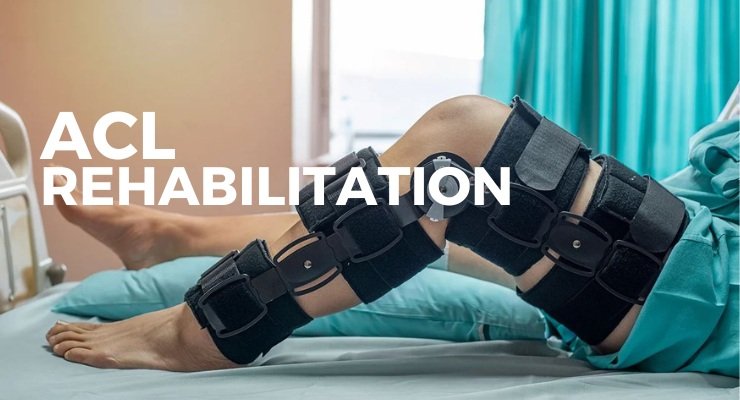Top Tips For Isolation Headaches
Isolation Giving You Headaches?
Have you noticed an increase in the frequency of headaches and upper neck pain over the past few weeks? It is definitely something we have heard a lot more of from our patients!
So first up, let’s quickly go over WHY this may be happening to you, and then we’ll dive straight into the TOP TIPS I’ve been recommending.
It is important to note the tips we’re talking about today are related to Cervicogenic Headaches (just a fancy word to say a headache that originates from the neck), and that sometimes a headache can be more than “just a headache”.
If any of the following points apply to you, it’s best you see your GP and have them investigate a little further:
Severe headache that has come on suddenly
It is becoming progressively worse, and persisting despite pain relief or usual management
It becomes worse with coughing or exertion
Headaches associated with any vision changes, weakness in your arms or legs, or any other nervous system signs. For migraine sufferers, this will include any signs or symptoms that aren’t typical for you
New onset headaches that occur during pregnancy
How Do I Know If I Have A Cervicogenic Headache?
It can be confusing as there are quite a few different types of headaches, and symptoms of each all overlap. A big clue here is that you will likely notice tension and symptoms beginning in your neck, then spreading up to your head, eyes or jaw. They are usually dominant on one side, and movement can be reduced due to pain or tightness.
Retrieved: https://chaimchiropractic.com/headaches/
Why Have I Got This Headache?
What we find is that prolonged postures, stress, anxiety, trauma or activities that place excessive stress on your neck, may irritate or sensitise some of the joints or tissues. When the sensory nerve fibres from this area feed into the trigeminocervical nucleus you can get headache symptoms through the distribution of the trigeminal nerve.
Retrieved: https://www.instructables.com/id/Introduction-60/
Here are my top tips for treating these headaches at home…
Tip #1: Take More Breaks & Use A Pomodoro Timer
This technique uses a timer to break down work into intervals, traditionally 25 minutes, separated 3-5-minute short breaks. In this break it is key to not pick up your phone, instead get up from your desk, have a drink, go to the bathroom, step outside for some fresh air, then get back to work!
Having a short break like this is long enough to keep your mind and body feeling good but isn’t long enough to knock you out of your productive workflow.
Retrieved: https://www.sketchplanations.com/post/179972023741/the-pomodoro-technique-a-super-simple-method
Tip #2: Change Your Workstation
I deliberately have not suggested for people to change their posture here. It is highly likely that your posture is not inherently bad, rather that you are spending too much time in one posture.
When your grandma told you to sit up tall all the time? Well she may have been a little off to suggest this (sorry Grandma). Whilst we can all agree that it’s probably not ideal to slouch for 8 hours per day, it’s also not feasible to sit up perfectly for 8 hours straight either.
Therefore, our current recommendation is that your best posture is your next one.
So, for this tip, change your chair, change your desk height, and follow tip #1 to let your body move more during long days in front of that computer.
Tip #3: Exercise
You may not feel like getting out and hitting the pavement to beat your best 4km run time when feeling a headache coming on, but getting out and doing something can be a game changer.
A light exercise session should be manageable, and will help your nervous system, muscles, joints and feel good hormones and can have a great impact at reducing the severity of your symptoms.
If you do notice that your symptoms are worsening from exercise, stop and book a time to see your physio or GP to follow-up.
Tip #4: See Your Physio
There are a few things that we can really help with here.
Firstly, education, advice and reassurance. After a thorough assessment, we can help you figure out what is going on, and how you can get back to being you. It is amazing how much this can help some people.
Secondly, manual therapy. We have a variety of different treatment methods for helping ease your symptoms and manage your Cervicogenic Headache. We can teach you how to perform these treatment techniques on yourself at home.
As we slowly start to get back to ‘normal’ we will be opening clinic times up for manual therapy. Myself and all the physiotherapists at Fieldwork are available Monday to Saturday, so if you are experiencing difficulties with headaches that aren’t treatable from home, do not hesitate to contact the clinic on 6468 6825, or book online here.
I hope this has helped you out while in isolation, but do not hesitate to visit the clinic if needed!













